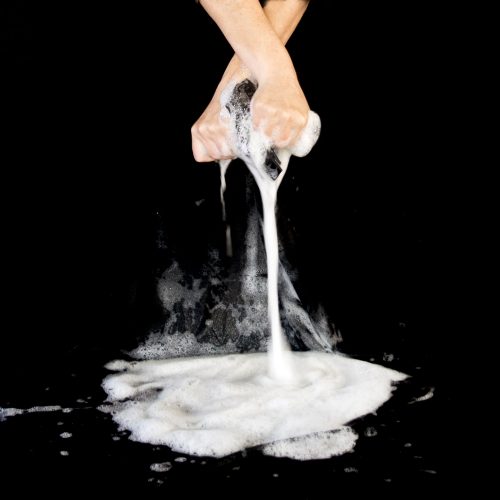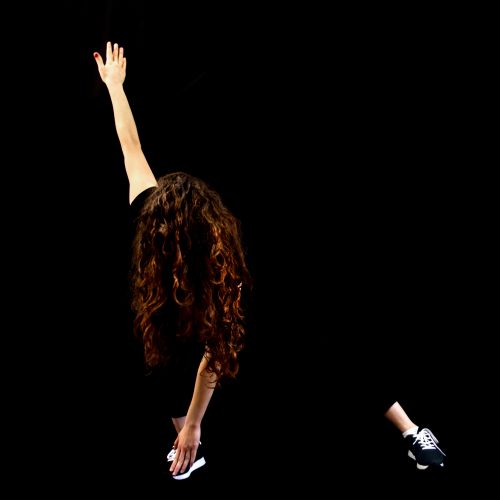Amira
Ziyan
Amira Ziyan (b. 1977) lives and works in Yarka, Israel. She holds a master’s degree from Haifa University’s Arts program.
Ziyan’s artwork focuses on staged photography, which emphasizes the act of the physical character’s absence by evincing it through the prominent presence of the scene’s objects. The main object of Ziyan’s art is the women of Israeli Druze society, of which she is a member, as well as other social aspects such as identity and gender in the contemporary Druze culture.
Ziyan has held many solo exhibitions, including at the Wilfrid Israel Museum, Kibbutz Hazore’a (2021), and Gallery Fighters, Lohamei HaGeta’ot Museum (2023). She has also participated in numerous group exhibitions, including Mana Contemporary, Jersey City, NJ, USA (2016), the Museum for Islamic Art, Jerusalem (2020), and Museum on the Seam, Jerusalem (2022).
Ziyan has won numerous awards, including the Spielman Prize for Photography Students (2009), the Prize for the Encouragement of Creativity from the Israel Ministry of Culture and Sports (2017), a grant from the Independent Creators Foundation in the Ministry of Culture and Sports (2023), and the Pais Culture Council’s 2025 grant for her solo exhibition at Ramat Gan Museum, Ramat Gan. Her works have been featured in many collections in Israel and around the world.
Amira Ziyan (b. 1977) lives and works in Yarka, Israel. She holds a master’s degree from Haifa University’s Arts program.
Ziyan’s artwork focuses on staged photography, which emphasizes the act of the physical character’s absence by evincing it through the prominent presence of the scene’s objects. The main object of Ziyan’s art is the women of Israeli Druze society, of which she is a member, as well as other social aspects such as identity and gender in the contemporary Druze culture.
Ziyan has held many solo exhibitions, including at the Wilfrid Israel Museum, Kibbutz Hazore’a (2021), and Gallery Fighters, Lohamei HaGeta’ot Museum (2023). She has also participated in numerous group exhibitions, including Mana Contemporary, Jersey City, NJ, USA (2016), the Museum for Islamic Art, Jerusalem (2020), and Museum on the Seam, Jerusalem (2022).
Ziyan has won numerous awards, including the Spielman Prize for Photography Students (2009), the Prize for the Encouragement of Creativity from the Israel Ministry of Culture and Sports (2017), a grant from the Independent Creators Foundation in the Ministry of Culture and Sports (2023), and the Pais Culture Council’s 2025 grant for her solo exhibition at Ramat Gan Museum, Ramat Gan. Her works have been featured in many collections in Israel and around the world.


